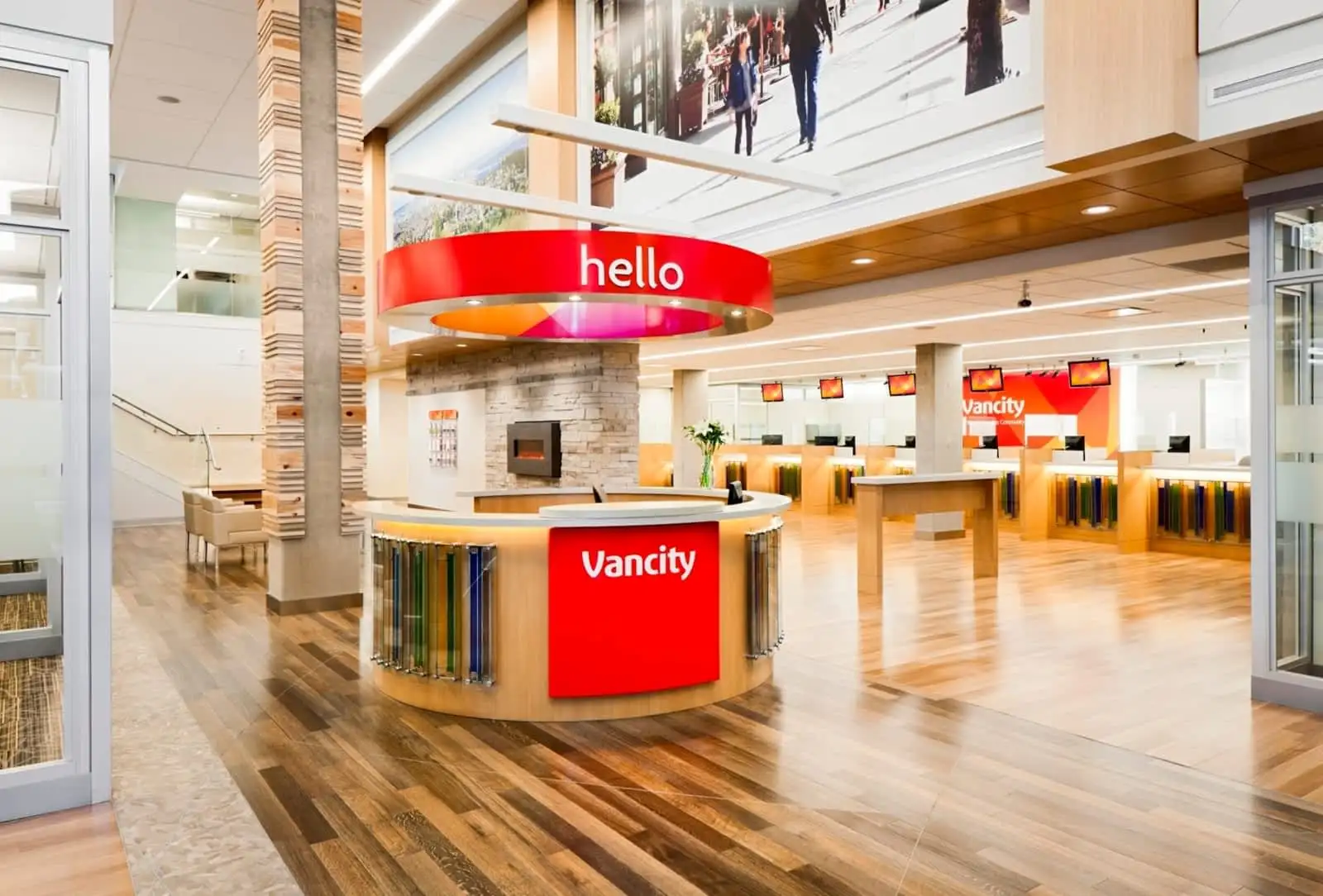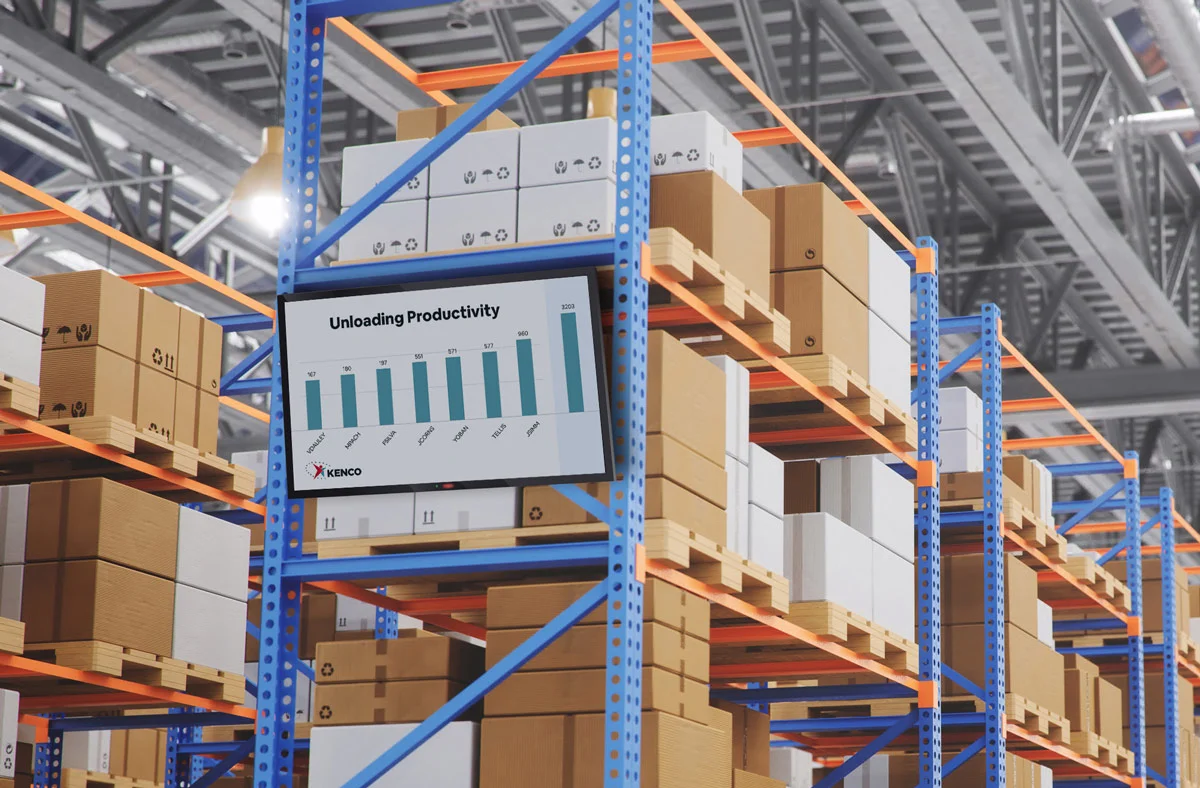What IT Managers Need from Digital Signage
WRITTEN BY: TelemetryTV, 05-01-2025

As digital signage becomes essential for internal communications, real-time dashboards, and operational visibility, IT managers are increasingly involved in evaluating and deploying these systems. But for IT leaders, success isn’t defined by sleek visuals—it’s about infrastructure compatibility, security, and scalable control. Here’s what IT managers really need from a digital signage platform—and how the right solution can eliminate friction while driving value organization-wide.
1. Enterprise-Grade Security & Access Control
In modern IT environments, any new tool must meet high security standards—digital signage is no exception. When content spans internal KPIs, employee communications, or location-specific updates, protecting data in transit and at rest is critical. • SSO integration (SAML, OAuth) lets organizations manage users through existing identity providers • Granular user roles restrict access by department, location, or function • Audit logs provide full visibility into user activity and content changes • HTTPS and TLS encryption ensure end-to-end protection from CMS to endpoint A secure platform gives IT peace of mind while meeting compliance requirements like HIPAA, GDPR, or SOC 2.
2. Centralized Device Management from Anywhere
Distributed workplaces and multi-location operations require digital signage that’s easy to manage remotely. Cloud-based platforms like TelemetryTV that allow IT teams to monitor every display and push updates instantly—without physically accessing each endpoint. • Real-time content sync across multiple locations • Remote device monitoring and health status alerts • Offline playback with local caching to protect against network failures • Scheduled reboots and updates to reduce manual overhead With centralized control, IT can maintain screen uptime and content accuracy without expanding headcount.
3. Scalability Without Complexity
Whether managing 10 screens or 10,000, digital signage infrastructure must scale predictably. IT leaders want tools that simplify deployment while maintaining consistent performance and cost visibility. • Device provisioning at scale with pre-configured player settings • Cloud infrastructure built for high availability and traffic spikes • API-based automation for large deployments or integrations • Predictable pricing across software and support tiers As organizations grow, the signage platform should scale effortlessly—without introducing new layers of complexity or risk.
4. Integration with Business Systems and Data Sources
Digital signage is most valuable when it displays live business data—sales figures, production stats, service queues, or real-time alerts. IT managers need flexible integration capabilities to connect these systems securely. • Native support for JSON, XML, RSS, Google Sheets, and more • Direct integrations with tools like Power BI, Looker, Tableau • Webhooks and APIs for custom data pipelines • Compatibility with Office 365, Google Workspace, and enterprise dashboards This extensibility ensures signage evolves with the business, adapting to new data sources or use cases.
5. Support for Diverse Hardware and OS Environments
Not every organization wants to be locked into proprietary players. IT teams often manage a range of devices—from Android media players and Windows PCs to Chrome OS or purpose-built signage hardware. A flexible digital signage solution should: • Support all major operating systems: Windows, Android, Chrome OS, Linux • Offer a dedicated player app with offline playback and secure provisioning • Provide hardware recommendations for enterprise environments • Enable remote diagnostics and screen captures for troubleshooting TelemetryTV supports multiple device types, making it easy for IT to standardize deployments across varied environments.
6. Minimal IT Involvement for Daily Use
While IT oversees deployment and governance, day-to-day content management typically falls to HR, marketing, or communications teams. The right platform allows those teams to operate independently, reducing IT’s support burden. • Drag-and-drop interface for playlist creation and layout design • Scheduling tools for automated content rotation • User roles that separate content creators from admins • Approval workflows for publishing oversight This frees IT to focus on infrastructure, not content—while ensuring compliance and operational consistency.
7. Real-Time Insights and Platform Analytics
To justify investment and optimize performance, IT managers need reporting tools that show how signage is used and whether content is reaching its intended audience. Look for: • Playback analytics by content, device, or location • Connectivity reports to flag underperforming endpoints • Interactive engagement metrics for touchscreens or kiosks • Audit trails for change history and compliance documentation TelemetryTV provides built-in dashboards and exportable logs to support decision-making and reporting.
8. High Availability and Service Reliability
Downtime isn’t an option in corporate or mission-critical environments. IT managers expect guaranteed uptime, proactive support, and robust service-level agreements (SLAs). • Uptime SLAs and cloud redundancy (multi-region failover) • 24/7 technical support via phone, chat, or ticketing • Dedicated onboarding and success teams for larger deployments • Regular patching and feature updates with zero disruption Support is not an afterthought—it’s part of the enterprise readiness checklist.
9. Future-Proof Architecture
Technology stacks evolve, and IT departments need to invest in platforms that will grow with them. The best digital signage software offers extensibility, long-term compatibility, and a clear product roadmap. • Frequent updates and innovation across core features • Commitment to open standards and modern web technologies • Developer access via RESTful APIs and SDKs • Forward-looking support for AI tools, sensor data, and audience analytics By choosing a vendor focused on continuous improvement, IT ensures their signage infrastructure remains competitive and relevant.
Start Today
IT leaders need more than flashy displays—they need tools that align with their infrastructure, compliance, and operational needs. TelemetryTV’s digital signage software delivers enterprise-grade control, real-time integration, and reliable performance across every screen in your network. Ready to streamline digital signage management across your organization? 👉 Start for Free











